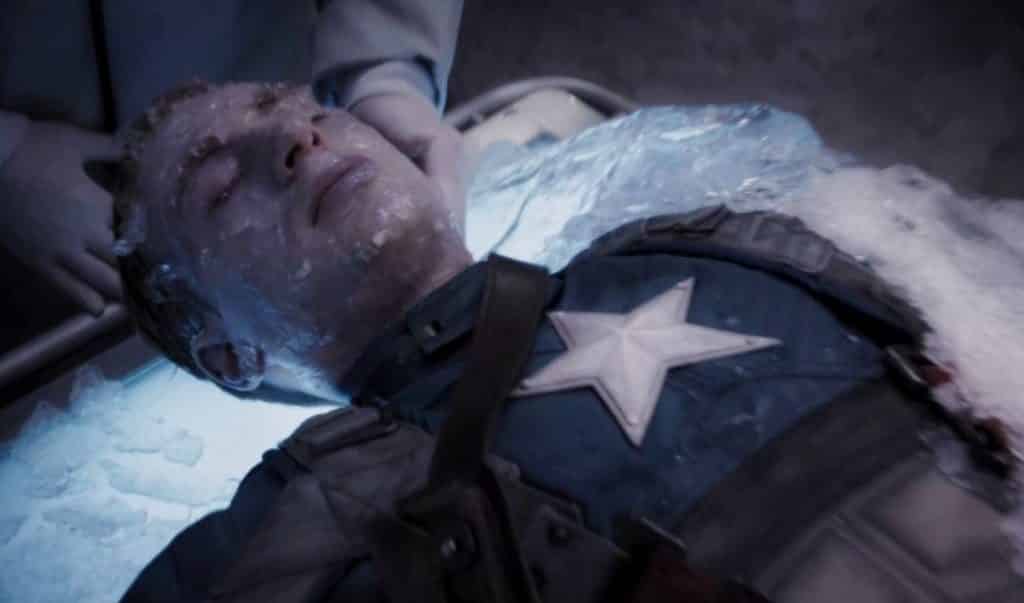Captain America: The First Avenger was released in 2011 and follows Steve Rogers as he becomes superhero, Captain America. At the end of the film he gets frozen cryogenically to be awakened 70 years later. As implausible as this seems, Marvel have backed up this sci-fi survival with science.
A Redditor has shared that at the Marvel Avengers S.T.A.T.I.O.N in Las Vegas, an explanation has been provided for the character’s survival. It reads:
“Physical examination of Capt. Rogers revealed that while thickened, his blood’s water was not frozen. Blood tests revealed that his blood contained excessive amounts of glucose as a result of his liver processing his glycogen stores, thus lowering the freezing temperature of blood-borne water and creating a ‘cryoprotectant’. This process is similar to that of Water-Bears (Tardigrades) and hibernating Wood Frogs who metabolize glycogen in their liver to circulate copious amounts through their body to reduce the osmotic shrinkage of cells and stop from freezing. This, however, has never been seen before in humans.”
So, Steve Roger’s body was able to lower its own freezing temperature, thus preventing him from dying in the ice. This seems like a well thought out explanation for the survival of a very important character in the Marvel Cinematic Universe. We know that Captain America goes on to become the leader of the Avengers and plays a crucial role in the defense of Earth against Thanos in Avengers: Infinity War. We will have to wait and see what’s next for Captain America in Avengers 4 next year.
As far as this question goes, some fans are finally able to check this one off of their lists, and get on to the thousands of other questions they probably have.
What do you think of their explanation? Are you looking forward to Avengers 4? Let us know in the comments!

